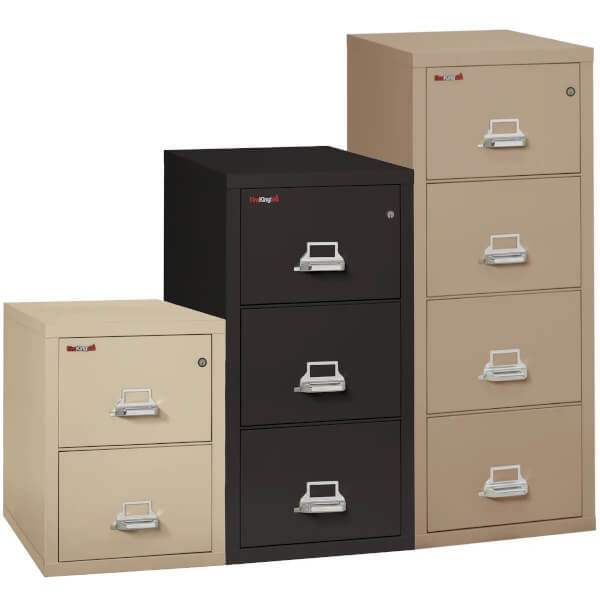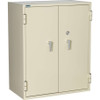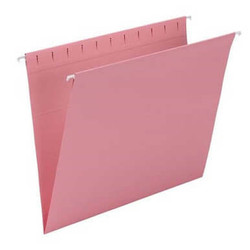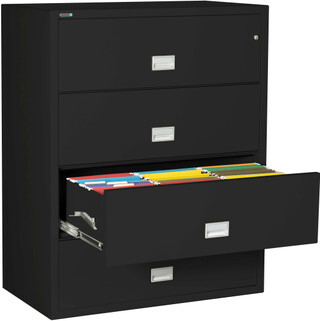Folders, Labels & Cabinets
Medical, Legal, Office Use
America’s Filing Supply
Folders, Labels & Cabinets
Medical, Legal, Office Use
America’s Filing Supply

Protect your facility from the growing risks of lithium-ion battery fires with our specialized storage and charging cabinets. Engineered with fire-resistant construction, automatic door closure, and integrated ventilation, these cabinets are designed to contain thermal runaway and prevent fire spread. Perfect for schools, laboratories, warehouses, and industrial operations, they provide a safe, compliant way to store and charge high-risk batteries used in power tools, electronics, and equipment.
Did you know? Lithium-ion battery fires spread rapidly, produce toxic fumes, and are extremely difficult to extinguish. A single incident can devastate your business. Battery Commander cabinets provide the proven protection you need.
Over 25,000 lithium-ion battery fires have already been reported. Don’t let your business be the next headline.
*All models include charging connections, safety ventilation, and reinforced construction to manage lithium-ion storage risks.
Yes. Lithium-ion batteries should be stored in a ventilated, fire-resistant cabinet specifically designed for hazardous materials. These cabinets help contain thermal runaway events and prevent fire from spreading. Regular storage cabinets are not suitable, as they lack the necessary fire-rating and safety features.
The safest place is in a fire-rated lithium-ion battery storage cabinet, located in a cool, dry, well-ventilated area away from direct sunlight, flammable materials, or heat sources. For homes, avoid garages that experience extreme temperatures.
No, you should not store lithium batteries in an average garage because the extreme temperature fluctuations—both hot and cold—can damage the batteries and increase the risk of fire or explosions. The ideal storage conditions for lithium batteries are a cool, dry place with stable room temperature, away from direct sunlight, moisture, and flammable materials. Only store lithium-ion batteries if using a proper storage container like our Phoenix® Battery Commander Series units. These battery-charging safes are designed to keep your business or storage area protected from unexpected lithium-ion battery fires.
Store batteries in a partially charged state (around 40–60% capacity), in a cool, dry place. Avoid full charge or deep discharge before long-term storage, as this shortens lifespan. Keep batteries separated to prevent terminals from touching.
Use only the manufacturer’s charger, avoid overcharging, and store batteries in a fireproof container or cabinet. Inspect for swelling, leaks, or damage, and recycle defective batteries promptly. Never leave charging batteries unattended.
General guidelines include:
1. Keep batteries at 40–60% charge for long-term storage.
2. Store between 40°F and 80°F (5°C–27°C).
3. Use a fire-rated cabinet for bulk storage.
4. Avoid stacking batteries or mixing damaged and healthy cells.
5. Follow OSHA, NFPA, and local fire code regulations for workplace storage.
Only if the container is purpose-built for lithium-ion battery storage, with fireproofing and ventilation. A simple metal toolbox can trap heat and is not recommended. Fire-rated steel lithium-ion battery cabinets are engineered to safely contain incidents.
Consumer lithium-ion batteries can sit unused for 6–12 months if stored at partial charge in a cool environment. Industrial packs may require periodic maintenance checks. Check manufacturer guidelines and recharge every 6–9 months.
Yes, storing at 100% charge for long periods accelerates capacity loss. For best lifespan, keep batteries at 40–60% when not in use.
The 80/20 rule suggests charging your battery to no more than 80% and not letting it discharge below 20%. This reduces stress on the cells and significantly prolongs cycle life.





